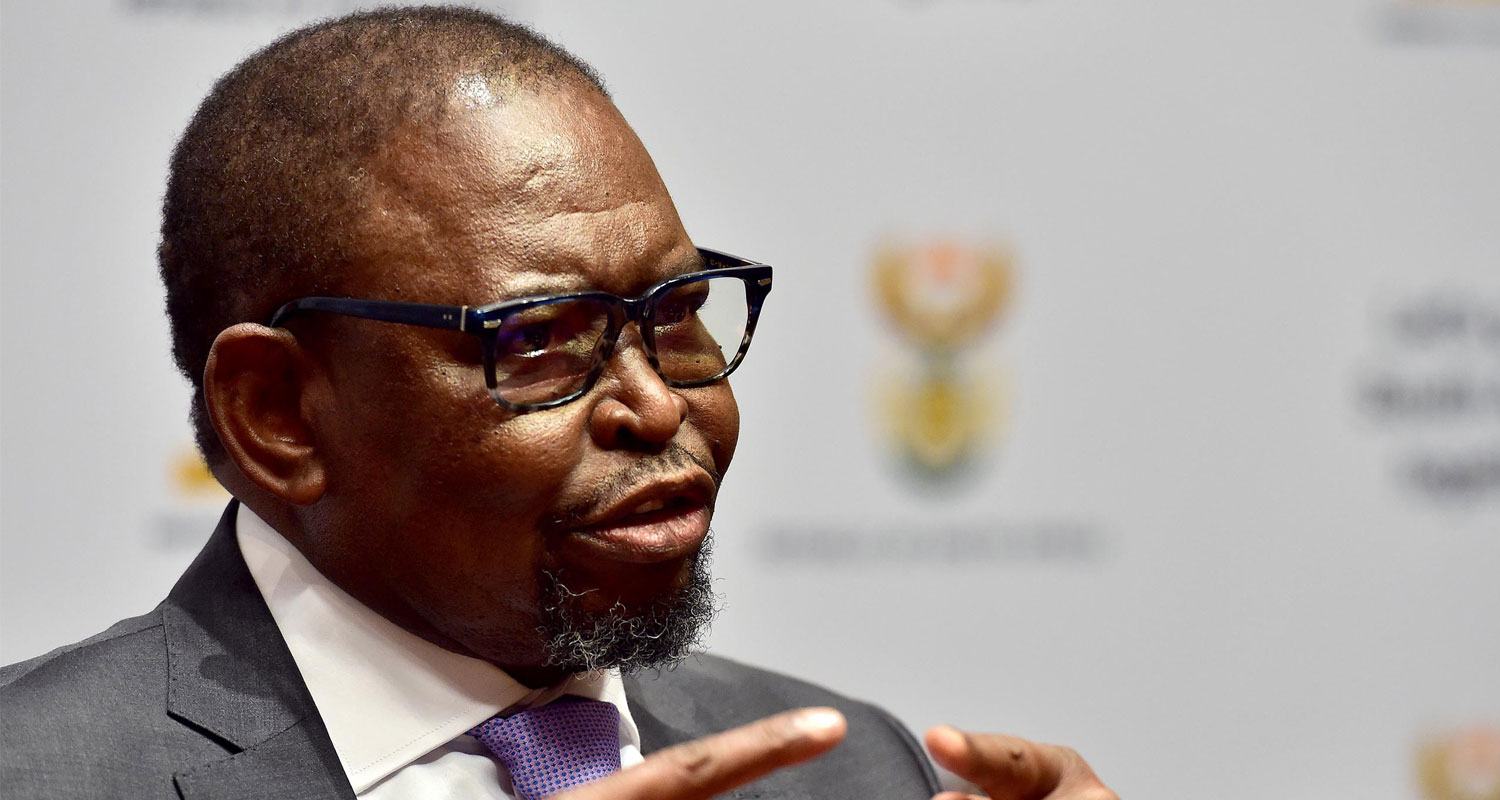
S&P Global Ratings expects government to fulfil its commitments to investors in Eskom as it finalises a plan to tackle the state-owned utility’s massive debt burden.
Finance minister Enoch Godongwana said last month that government may shift between a third and two-thirds of the power company’s debt of about R400-billion onto its own balance sheet and attach strict conditions to the relief. Details, including the quantum and terms of the transfer, are expected to be announced in February’s budget.
“We currently assume that the government will fulfil the original obligations to existing investors to avoid a distressed exchange,” S&P Global Ratings said in statement reviewing South Africa’s junk-rated debt on Friday.
The ratings company considers distressed exchanges, where debt holders accept losses or haircuts out of fear that troubled entities won’t be able to fulfil their original commitments, tantamount to a default.
S&P assumes the government will take on R250-billion, or almost two-thirds, of Eskom’s debt, equivalent to about 3% of GDP, from 2023. While the higher costs of servicing sovereign debt will likely be offset by reducing or scrapping planned transfers to Eskom, there’s a risk the utility may need additional support to close liquidity gaps and meet its maintenance and investment plans, S&P said.
S&P affirmed its assessment of the country’s long-term foreign currency rating at BB-, three notches below investment grade, with a positive outlook. It warned the outlook could be downgraded to stable if the debt transfer “significantly weakens” the government’s fiscal trajectory without tackling Eskom’s financial and operational shortcomings.
Risks
“We could raise the ratings if growth in economic output and fiscal consolidation continue on a sustained basis, against a backdrop of structural and governance reforms and supportive external sector dynamics,” S&P said.
While last month’s budget update showed an improvement in the trajectory of key fiscal metrics, with government debt seen peaking at 71.4% of GDP in the current fiscal year, national treasury didn’t directly account for the impact of Eskom’s relief. That risk, together with pleas for increased support from other state-owned companies, higher-than-budgeted pay demands by civil servants and calls to expand the social welfare net, means state debt will probably rise to about 79% of GDP by 2025, S&P said.
The ratings company sees the economy expanding 1.9% this year and 1.5% in 2023. — (c) 2022 Bloomberg LP




